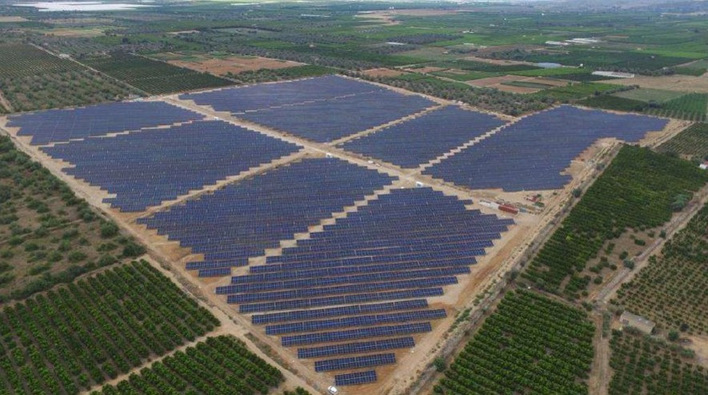The taxonomy details what qualifies as a sustainable investment and specifies the kinds of projects that should be allocated sustainable financing. Achieving climate neutrality by 2050 – the goal of the recently announced European Green Deal – will require significant investment in renewable technologies, and the sustainable finance deal helps to unlock the funds required to support the climate transition.
World-first framework to redirect investments into renewable technologies
Walburga Hemetsberger, CEO of SolarPower Europe, said: “The EU taxonomy is a global milestone in the transition towards climate neutrality. This world-first framework serves to redirect investments into renewable technologies in Europe, including renewable electricity, storage and digitalisation. Whereas conventional technologies will remain eligible under certain conditions, it is crucial that investments are first directed towards cost-competitive, already available and Europe-leading renewable solutions, such as solar. As the lowest-cost and most-easily deployed clean energy technology, solar is ready to take a major role in the European Green Deal and deliver the vision of a 100% sustainable and renewables-based future for all Europeans.”
Deploy climate neutral technologies as solar on a wider scale
Mercè Labordena, Senior Policy Advisor at SolarPower Europe, commented: “Europe is a world-leader when it comes to renewable energy technologies, such as solar, and already has the solutions required to facilitate the climate transition. Allocating the funds needed to deploy these technologies on a wider scale will help to ensure a just transition, guaranteeing that nobody gets left behind as we move towards climate neutrality. With the right regulatory framework, solar has the potential to create nearly 2 million jobs by 2050. The new sustainable finance deal signals support for the technologies of the future.”
The European Commission will work on the technical thresholds regarding the industries that can qualify as sustainable investments, as well as “low-carbon”, “transition” or “enabling” activities through 2020. The final EU taxonomy text is set to be published in June 2021. (HCN)







